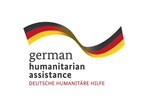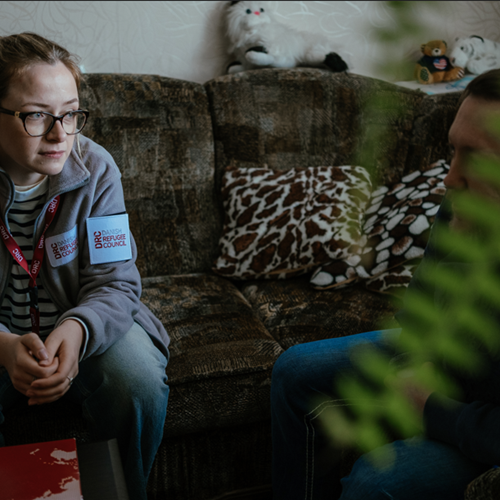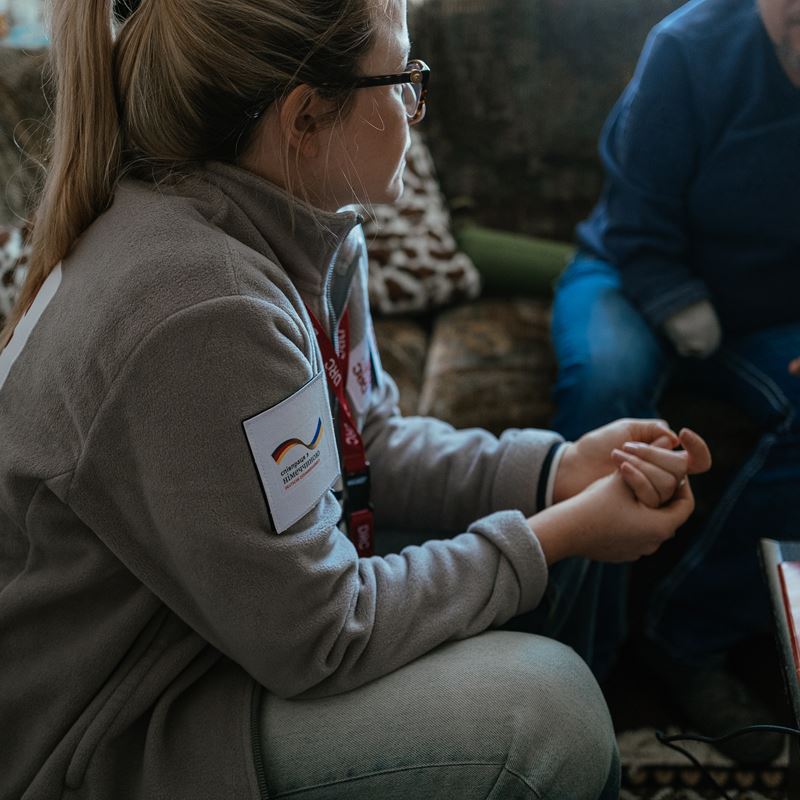
Volodymyr* is a single father from Rubizhne, Luhansk Oblast, who has been raising his daughter alone since she was five. A quiet man with a love for plants, his home was filled with greenery. That peaceful life came to an abrupt halt with the start of the full-scale invasion in 2022.
As shelling engulfed their town, Volodymyr and his daughter took shelter in the basement of their home, where they remained for nearly a month. One day in April, believing the street above had finally grown quiet, Volodymyr stepped outside. But the silence was misleading. A sudden explosion severely injured his arm.
“It was quiet, and then it came from somewhere, silently. It took me two days to get to a hospital in Luhansk with my wound. There, doctors did their best, but the facilities were limited.”
Through the help of friends, Volodymyr found a specialist in Kyiv. He and his daughter made a long and difficult journey — through the Russian Federation, the Baltic countries, and Poland — before finally reaching safety in Ukraine.
After arriving in Kyiv, Volodymyr underwent his first nerve transplant surgery. It was a critical step in trying to save his injured arm, but unfortunately, the operation was unsuccessful. Doctors found a knot — possibly a blood clot — that had disrupted the healing process. “Something had gone wrong, and the damage was more extensive than expected.”
Eventually, Volodymyr and his medical team made the difficult decision. Amputation was the only remaining option.
Life after amputation: Recovery and setbacks
Recovery has been slow and painful. In the three years since the injury, Volodymyr has had to undergo two additional surgeries to reshape the stump, which often causes discomfort and strain. He does not yet have a functional prosthesis, and the pain persists.
“It’s uncomfortable, it’s always pressing. Especially when the weather outside worsens.”
Thanks to the victim assistance project implemented in partnership with Humanity & Inclusion and with funding from the German Federal Foreign Office Volodymyr was assisted with rehabilitation and essential medication. This included care to improve blood circulation and prevent complications after amputation, as well as massage therapy to support muscle recovery, strengthen his shoulder, and relieve strain on his back and remaining arm.
Volodymyr has been exploring the possibility of getting a new prosthesis. For now, he has only a cosmetic one — a rigid plastic arm that was made early in his recovery. “It’s uncomfortable to wear and doesn’t really fit,” he explains. A bionic prosthesis was once nearly ready for him, but after a medical examination, doctors found that key muscles in his arm no longer function.
“The muscle responsible for flexing the arm doesn’t work — I can open my hand, but I can’t clench it.” That’s why, for now, the option of a fully functional prosthesis remains on hold.







